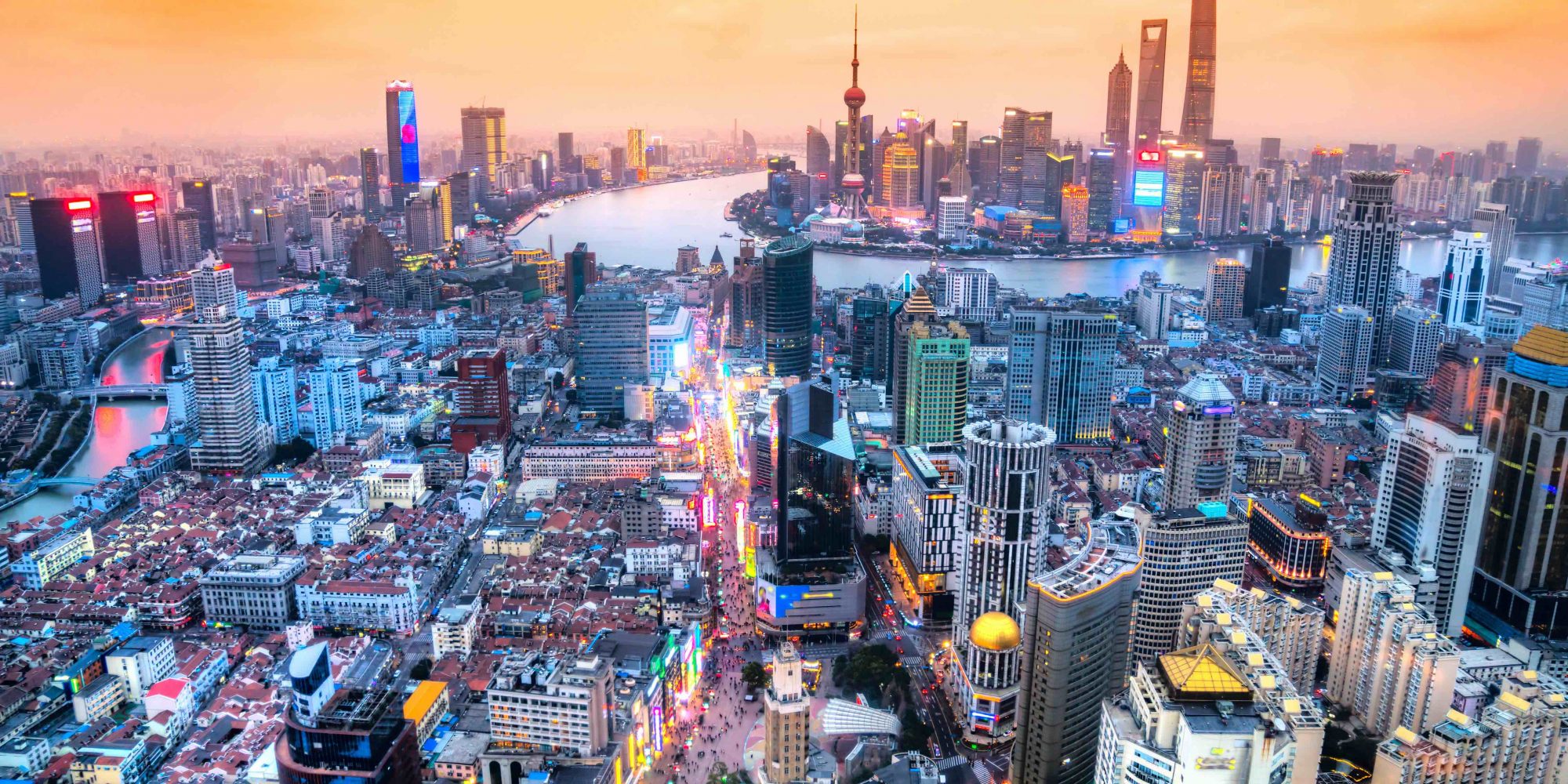
Why The Year Of The Pig Could Fatten Indie Beauty Sales In China
As celebrations for Chinese New Year—the year of the pig—captivate China this week, more U.S. independent beauty brands want to feast on what will soon become the world’s top retail market.
There are barriers to entry, though, indie brand founders say, ticking off animal testing, a complicated and pricey registration process, and a beauty landscape that is drastically different than almost any other. What doesn’t concern them is the economic slowdown in China. Ditto in regard to the implications of a U.S. and China trade war.
If spending ebbs, it doesn’t change that the country with more than 1.4 billion consumers is too immense for beauty brands—big and small—to ignore. While China recently registered its slowest growth rate in 29 years last year at 6.6%, it’s still poised to supplant the U.S. in retail volume, according to eMarketer. In 2019, total retail sales are expected to climb 7.5% to hit $5.6 trillion. The U.S. market is projected to click in at $5.5 trillion.
Spending in China will be closely watched during this week’s festivities as an indication of economic health. Last year, spending during the holiday period rang in at $137 billion. A spending decline could presage further woes, but it won’t dissuade emerging beauty brands outside of China from angling to get a piece of the over $39 billion spent on makeup and personal care in the country, per China’s National Statistics Bureau. That amount was up 9.6% over 2017 and makes China the second largest beauty market in the world behind the U.S.
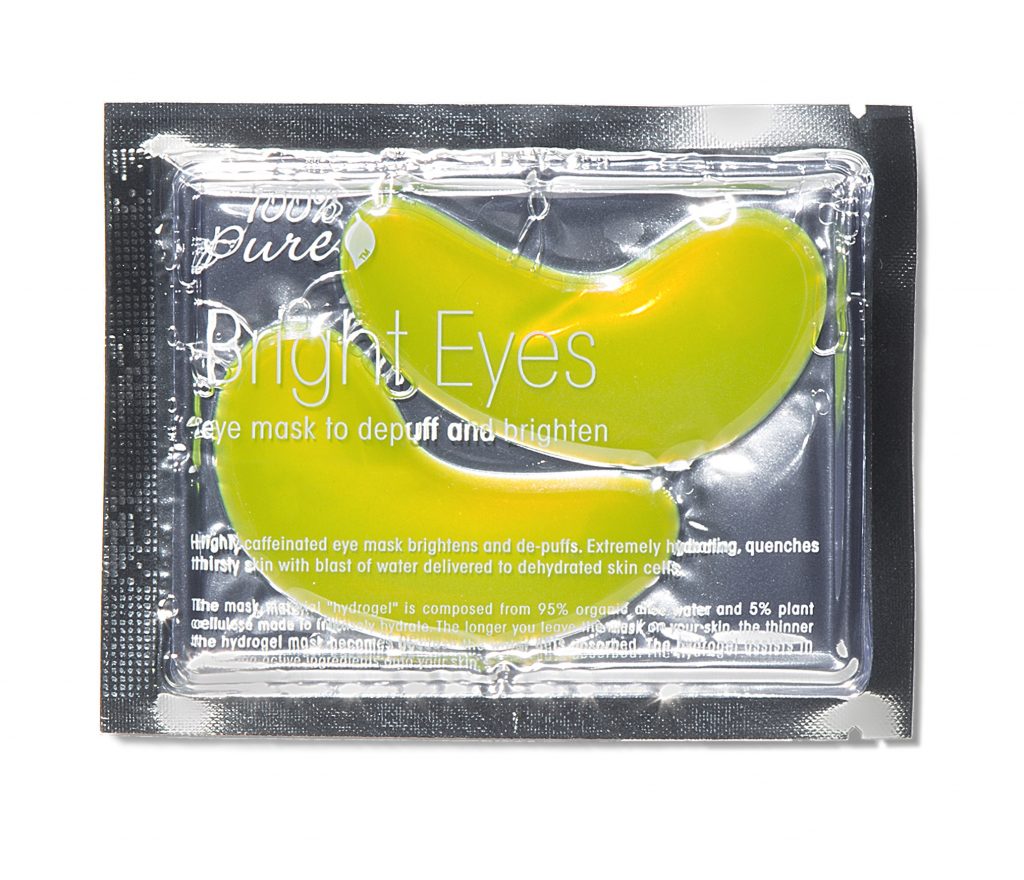
“Even getting 1% of the population to buy your product is big business,” says Andrew Surwilo, co-founder and chief executive officer of Atlantic Coast Brands. The company is rolling out its Keranique hair regrowth brand for women on the Chinese digital marketplace Tmall with hopes of adding its men’s brand, Thick Head, in the future.
U.S. brands with a presence in China haven’t seen a drop off in demand. “There was a slowdown in all consumer goods, but, in beauty, you don’t see it on the ground,” says Eugene He, founder of Ceramiracle. The brand’s topical and ingestible products started selling a year ago at Mi Ming Mart, a Hong Kong-based retailer, and on Chinese messaging platform WeChat. Buoyed by interest, he’s taking the next step. Ceramiracle is launching on Tmall next month.
“The amount of [beauty] business that is transacted online is just ridiculous,” he says. “Any indie brand would be happy with the volume they could get in China even in a slowdown.”
China is critically important to Ric Kostick, co-founder and CEO of Purity Cosmetics. He predicts it will be his company’s largest market within five years. Purity Cosmetics has a subsidiary in China that produced more than $1 million in sales last year, and Kostick plans to triple revenue from China this year and post a profit. The nation accounted for 5% of the company’s global business last year. This year, Kostick believes it will cross 10%.
Multinational beauty brands aren’t seeing the pedal come off the gas either. L’Oréal chief executive Jean-Paul Agon noted no decline in his company’s sales in China. Neither has Jon Moeller, Procter & Gamble’s chief financial officer. During the most recent quarter results, he called China a bright spot. “We do not see a sign at this point of a slowdown in China,” he asserted. Estée Lauder president and CEO Fabrizio Freda singled out China when discussing what pushed the company’s sales passed the $4 billion mark in the second quarter.
The huge Chinese middle class, which thanks to social media has been exposed to beauty trends, is driving growth, underscores James H. La, founder of Niucoco. A haircare brand, Niucoco just signed a distribution deal with China. “The U.S. population is about 320 million people. The middle class in China totals 300 million—that’s equivalent to almost the entire U.S. population,” says La. The Chinese middle class is expected to mushroom to 850 million people by 2030.
“There was a slowdown in all consumer goods, but, in beauty, you don’t see it on the ground.”
While some economists fear the middle class could be pinched, so far, the pain points have been at the high-end of the market. The slowdown has impacted goods such as iPhones, pricey leather or expensive watches. Experts familiar with China say that consumers have turned to affordable luxuries served up by beauty.
“For many Asia-Pacific consumers, beauty is the gateway into luxury and prestige,” says Stephanie Wissink, equity analyst with Jefferies. She observes many of the Chinese beauty consumers are “starting up.” They’re entering the category for the first time in the prestige space, bypassing the natural order of trading up from mass to class.
The quest for beauty products is broadening beyond skincare, a staple in China. Some view skincare as recession-resistant and a category characterized by consumers trading up. Kline & Co. research reveals China is the largest market for professional skincare with sales up 7% over last year. Additional growth is coming from Chinese men stretching their grooming rituals beyond shaving and slapping on cologne. Tmall Global’s statistics show male consumption of facial serum products rose 20% from last year. Euromonitor International estimates male grooming category sales jumped 6.8% in China in 2018.
“Now, the skincare heritage is translating into color cosmetics,” says Barry Shields, managing partner at Beauty Partners LLC and an industry veteran with experience building brands in China.
Research from Mintel bears out his claim. The eye and eyebrow color market grew about 16% last year and is forecast by Mintel to surge at a compound annual growth rate of 14% through 2023.
Sales in the lip sector jumped 20% from 2017 to 2018, Mintel assessed, propelled by a wider user base and increase purchase frequency. Lip could be one of the fastest-growing beauty and personal care categories in China because Chinese women are in an experimental stage and willing to test lip products.
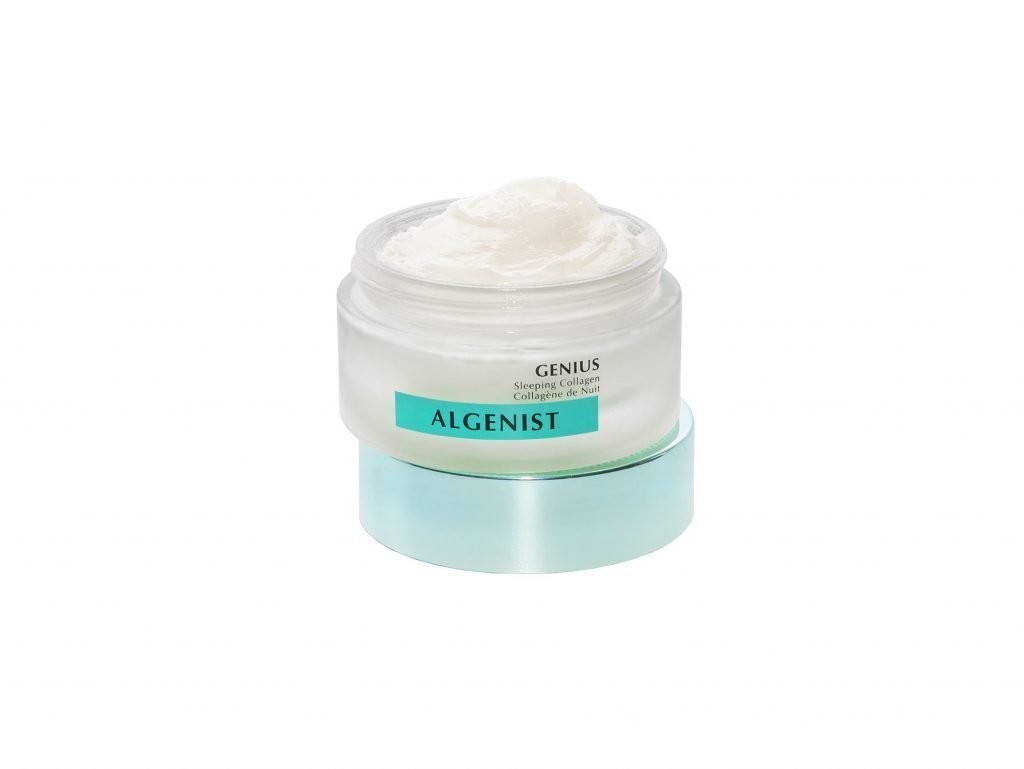
New categories are flourishing, but indie beauty brands remain held back by the animal testing policy in China. The country requires animal testing for foreign cosmetic companies. However, that barrier to entry could disappear in the next few years.
“The market is so massive, and China wants these [creative] brands to come to the country,” says Christina Kao, founder of Camelia Beauty, a nail care brand. “The consumer is traveling around a lot, knows what is available to her and wants to buy it.”
In 2014, the China FDA, now called National Medical Products Administration, linked with nonprofit Institute for In Vitro Sciences to sign a Memorandum of Understanding providing educational and training programs for Chinese regulators on the use of in vitro, rather than in vivo, testing methods. Two years later, the China FDA announced it would accept data from a non-animal test method for the safety evaluation of cosmetics. IIVS opened a non-animal testing lab in China in 2017 and has worked with brands such as Algenist, which just launched its Vegan Genius Liquid Collagen on Tmall in partnership with Sephora China.
Despite the persistence of the animal testing requirement, many cruelty-free beauty brands have identified loopholes allowing them entry. One route is to establish manufacturing in China, a tactic adopted by Nudestix and Camelia. Products produced domestically don’t need the testing. Another option, and one more accessible and less costly for upstart brands, is direct-to-consumer distribution.
“When it comes to entering the Chinese market, cross-border e-commerce platforms are the obvious choice,” says Deborah Weinswig, CEO and founder of Coresight Research and an expert on China. Kostick elaborates, “When products are shipped direct to consumers, there is no need to register them, and they don’t require animal testing.”
Kostick decided to expand to China after witnessing Chinese tourists in his company’s physical store at the San Francisco Airport snapping up its products to resell at home. He launched 100% Pure on Tmall last year, and the brand is also sold in China on JD.com and VIP.com.
“The amount of [beauty] business that is transacted online is just ridiculous. Any indie brand would be happy with the volume they could get in China even in a slowdown.”
One beauty industry executive recently related it would take eight to 10 years and a ton of capital to open counters in the top 250 cities in China at a rate of setting up 100 counters per year. Now, a brand can sign a contract with Alibaba and reach 625 to 650 cities in eight to 10 weeks. “Alibaba has effectively closed the accessibility gap for indie and incumbent brands,” he said. Jefferies’ Wissink notes more than half of the beauty category’s growth in China is from e-commerce, which accounts for nearly a quarter of all beauty sales in the country.
Alibaba’s Tmall Global, in particular, was singled out as a vehicle to assist brands, especially indies, with building a footprint in China. Tmall Global has become a platform for American companies to gain access to the 700 million Chinese consumers shopping on Taobao and Tmall. Cosmetics and skincare account for almost 40% of Tmall Global’s total sales, according to statistics from Deloitte.
Indie brands highlight a program Tmall Global has set up to encourage U.S. brands to enter China that helps the companies set up their online offers. Tmall counts numerous success stories, including last year’s rollout of Miranda Kerr’s Kora Organics, Ceramiracle and 100% Pure.
“As it relates to cross-border, our priority is to meet rising demand for high-quality imported products to serve Chinese consumers,” stated Alibaba Group’s CEO Daniel Zhang when presenting recent quarterly results. He spotlighted the company’s commitment to import $200 billion of goods from across world over the next five years. Zhang said, “To this end, we expect to significantly invest in our supply chain capabilities, overseas supplier enablement, import platform operations as well as cross-border logistics.”
Online opens doors, but other obstacles exist for indie beauty marketers. It’s not always easy for foreigners to understand the Chinese mindset. “Leave your ego at the door and start all over with everything you’ve done before,” advises La. “China is totally different.”
Kostick at 100% Pure agrees. “The way I operate in China is I want to make sure I don’t make the mistake a lot of companies have made before, which is to take a U.S. business mindset and apply that to China,” he says. “It doesn’t work. You have to operate locally.”
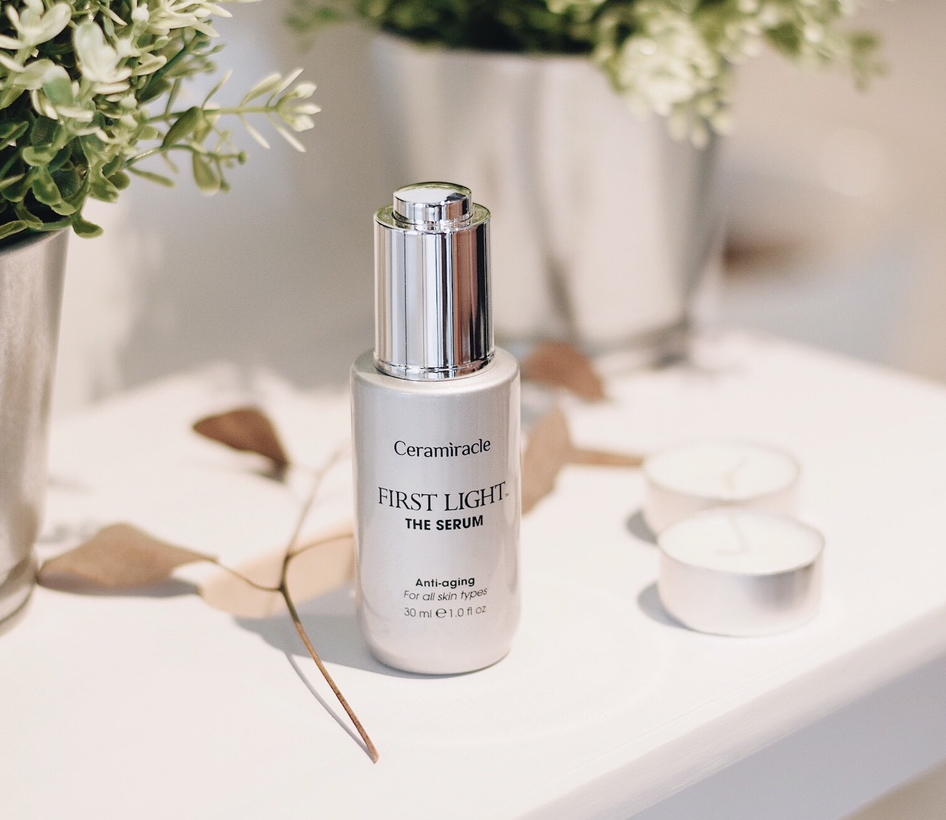
Chinese consumers are more glued to cellphones than Americans, using them for everything from paying for purchases to buying products from livestreams, explains La. He notes shoppers in China scrutinize labels and are interested in the farms where ingredients are sourced from.
Chinese shoppers have confidence in imported brands, especially imported beauty brands. According to a May 2018 consumer survey on major consumables conducted by the Ministry of Commerce, roughly 70% of respondents said they believe imported cosmetics products are of higher quality. They don’t trust many domestic items for fear of fake goods, but ardently follow the country’s Key Opinion Leaders (KOLs). Weinswig says 67% of Chinese consumers turn to these influencers to decide what to buy, a motivator more powerful than discounts. Kao stresses a mention from a KOL can trigger significant sales.
Shields says KOLs will be a major factor in the Chinese launch of his company’s brand Coastal Salt and Soul. Hand-picked KOLs will tout the California vibe of its body products, which will be able to be purchased directly from the influencers’ sites. They receive a percentage of sales.
Beyond keying in on KOLs, Weinswig suggests brands targeting China should learn its traditions and cultures. In particular, she remarks cultural celebrations churn sales. This week’s Chinese New Year is an example, and beauty brands like SK-II seized the opportunity to tee up WeChat campaigns. For brands, the most important holiday may be Singles’ Day. Held on Nov. 11, haircare brand Morocannoil tripled its sales on the day last year from the prior year. In 2018, Alibaba reported more than 40% of Chinese consumers made Singles’ Day purchases from international brands.
This Chinese New Year, indie brands hope for good fortune—and smooth entrance into China.
KEY TAKEAWAYS
- Indie beauty brands aren’t concerned with the slowdown in China’s economy. They continue to be impressed by the opportunities for fertile growth in the market.
- Tmall is viewed as the best first point of entry because its direct delivery circumvents animal testing regulations.
- Building a beauty business in China deftly involves taking a deep dive into Chinese culture.
- Skincare has always been a prominent category in China, but now socially-connected consumers are jumping into color cosmetics.
- Key Opinion Leaders, the influencers of China, have a strong impact on purchasing behavior.
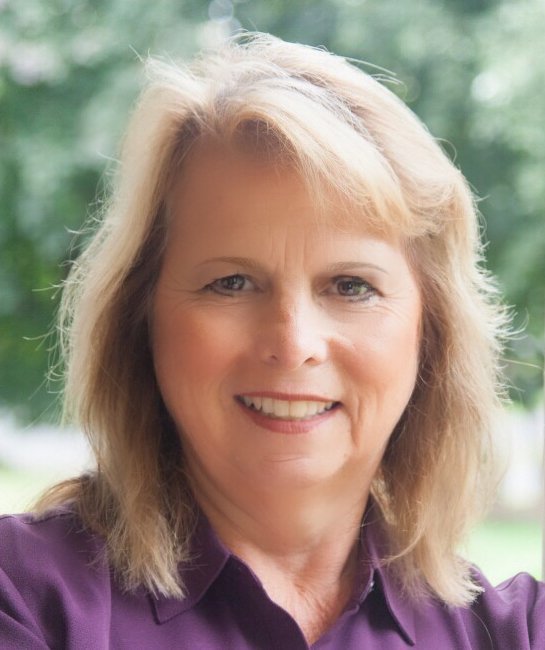




Leave a Reply
You must be logged in to post a comment.